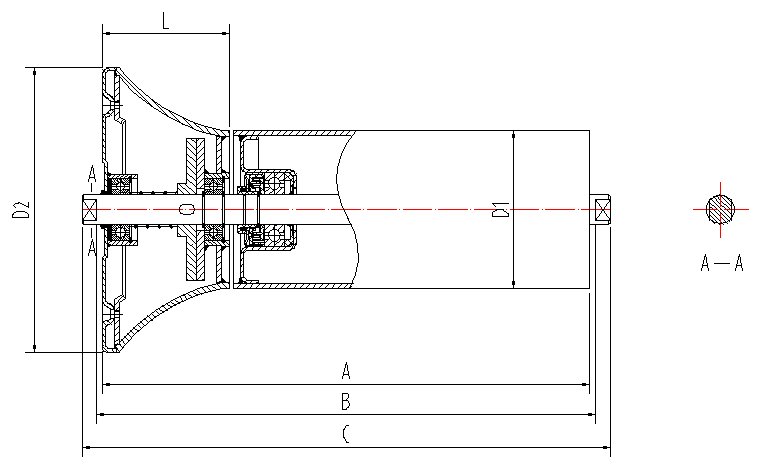 Afrikaans
Afrikaans  Albanian
Albanian  Amharic
Amharic  Arabic
Arabic  Armenian
Armenian  Azerbaijani
Azerbaijani  Basque
Basque  Belarusian
Belarusian  Bengali
Bengali  Bosnian
Bosnian  Bulgarian
Bulgarian  Catalan
Catalan  Cebuano
Cebuano  Corsican
Corsican  Croatian
Croatian  Czech
Czech  Danish
Danish  Dutch
Dutch  English
English  Esperanto
Esperanto  Estonian
Estonian  Finnish
Finnish  French
French  Frisian
Frisian  Galician
Galician  Georgian
Georgian  German
German  Greek
Greek  Gujarati
Gujarati  Haitian Creole
Haitian Creole  hausa
hausa  hawaiian
hawaiian  Hebrew
Hebrew  Hindi
Hindi  Miao
Miao  Hungarian
Hungarian  Icelandic
Icelandic  igbo
igbo  Indonesian
Indonesian  irish
irish  Italian
Italian  Japanese
Japanese  Javanese
Javanese  Kannada
Kannada  kazakh
kazakh  Khmer
Khmer  Rwandese
Rwandese  Korean
Korean  Kurdish
Kurdish  Kyrgyz
Kyrgyz  Lao
Lao  Latin
Latin  Latvian
Latvian  Lithuanian
Lithuanian  Luxembourgish
Luxembourgish  Macedonian
Macedonian  Malgashi
Malgashi  Malay
Malay  Malayalam
Malayalam  Maltese
Maltese  Maori
Maori  Marathi
Marathi  Mongolian
Mongolian  Myanmar
Myanmar  Nepali
Nepali  Norwegian
Norwegian  Norwegian
Norwegian  Occitan
Occitan  Pashto
Pashto  Persian
Persian  Polish
Polish  Portuguese
Portuguese  Punjabi
Punjabi  Romanian
Romanian  Russian
Russian  Samoan
Samoan  Scottish Gaelic
Scottish Gaelic  Serbian
Serbian  Sesotho
Sesotho  Shona
Shona  Sindhi
Sindhi  Sinhala
Sinhala  Slovak
Slovak  Slovenian
Slovenian  Somali
Somali  Spanish
Spanish  Sundanese
Sundanese  Swahili
Swahili  Swedish
Swedish  Tagalog
Tagalog  Tajik
Tajik  Tamil
Tamil  Tatar
Tatar  Telugu
Telugu  Thai
Thai  Turkish
Turkish  Turkmen
Turkmen  Ukrainian
Ukrainian  Urdu
Urdu  Uighur
Uighur  Uzbek
Uzbek  Vietnamese
Vietnamese  Welsh
Welsh  Bantu
Bantu  Yiddish
Yiddish  Yoruba
Yoruba  Zulu
Zulu conveyor guide roller
Understanding Conveyor Guide Rollers Essential Components for Efficient Material Handling
Conveyor systems are integral to modern manufacturing and distribution processes, facilitating the smooth movement of goods from one point to another. A crucial yet often overlooked component of these systems is the conveyor guide roller. This article delves into the significance, types, and applications of conveyor guide rollers, illustrating their role in enhancing operational efficiency.
What are Conveyor Guide Rollers?
Conveyor guide rollers are cylindrical components designed to support the weight of materials as they are transported on a conveyor system. They assist in directing and stabilizing the material flow, ensuring that products remain aligned and securely in place during transit. These rollers are typically mounted on a frame and can be found in various configurations depending on the specific needs of the conveyor system.
Key Features and Benefits
1. Material Support Conveyor guide rollers provide essential support that helps to distribute the weight of goods evenly across the conveyor belt. This prevents the belt from sagging or experiencing undue stress that could lead to premature wear and tear.
2. Alignment and Stability By guiding materials along a designated path, these rollers help maintain alignment and reduce the risk of products falling off the conveyor. This is particularly important in high-speed applications where the risk of misalignment increases.
3. Durability High-quality guide rollers are typically constructed from robust materials such as steel or polymer, offering resistance to wear and corrosion. This durability is crucial in environments where heavy items are transported or where exposure to moisture and chemicals is common.
4. Maintenance Ease Many modern conveyor guide rollers are designed for easy maintenance, featuring removable seals and bearings that allow for quick servicing. Timely maintenance ensures prolonged operational life and efficiency of the conveyor system.
Types of Conveyor Guide Rollers
There are several types of conveyor guide rollers, including but not limited to
conveyor guide roller

- Fixed Guide Rollers These are stationary rollers that provide a consistent path for materials on the conveyor. They are often used in applications where the alignment of products is critical.
- Adjustable Guide Rollers These rollers can be repositioned to accommodate varying material sizes and shapes. They are ideal for flexible manufacturing processes that handle diverse product lines.
- Bearing Rollers Equipped with bearings, these rollers reduce friction and allow for smoother motion of the conveyor belt and materials. They are suitable for applications involving heavy loads.
Applications of Conveyor Guide Rollers
Conveyor guide rollers are used across numerous industries, including
- Manufacturing In assembly lines, guide rollers ensure that components move seamlessly through different stages of production.
- Warehousing They streamline the movement of goods in storage facilities, improving order fulfillment speeds and efficiency.
- Logistics and Distribution In shipping hubs, guide rollers facilitate the rapid movement of packages, ensuring timely deliveries.
Conclusion
Conveyor guide rollers may appear to be simple components, but they play a vital role in the efficiency and reliability of conveyor systems. By providing support, alignment, and stability, they contribute to smoother operations and reduced operational costs. Companies seeking to improve their material handling processes should prioritize the selection of high-quality guide rollers to optimize their conveyor systems for maximum performance.
-
Revolutionizing Conveyor Reliability with Advanced Rubber Lagging PulleysNewsJul.22,2025
-
Powering Precision and Durability with Expert Manufacturers of Conveyor ComponentsNewsJul.22,2025
-
Optimizing Conveyor Systems with Advanced Conveyor AccessoriesNewsJul.22,2025
-
Maximize Conveyor Efficiency with Quality Conveyor Idler PulleysNewsJul.22,2025
-
Future-Proof Your Conveyor System with High-Performance Polyurethane RollerNewsJul.22,2025
-
Driving Efficiency Forward with Quality Idlers and RollersNewsJul.22,2025





























